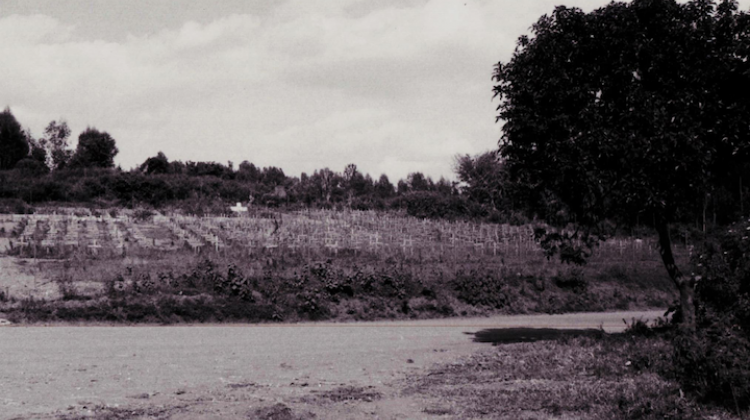Rwanda’s Genocide Heritage: Between Memory and Sovereignty

Rwanda’s Genocide Heritage is a spatial history of genocide memory in Rwanda. It reconstructs why Rwanda’s genocide memorials display the remains of the dead and how such sites originally came to be. The book explores a past made present: how certain memories gained presence, were authorized, and marginalized other narratives. That this history was entangled in nascent global human rights practice in the late twentieth century complicates the view that genocide memorials were influenced by Holocaust memorialization. It instead substantiates another center—that of Global South activists and human rights experts—who spatialized memory to reveal otherwise hidden violence. The material representation of brutal, marginalized memories approximated justice and continues today in initiatives by Las Madres de la Plaza de Mayo in Argentina and the National Lynching Memorial in the southern United States. In this context, genocide memory work in Rwanda crystallized the shift toward a new, global “era of heritage.”


